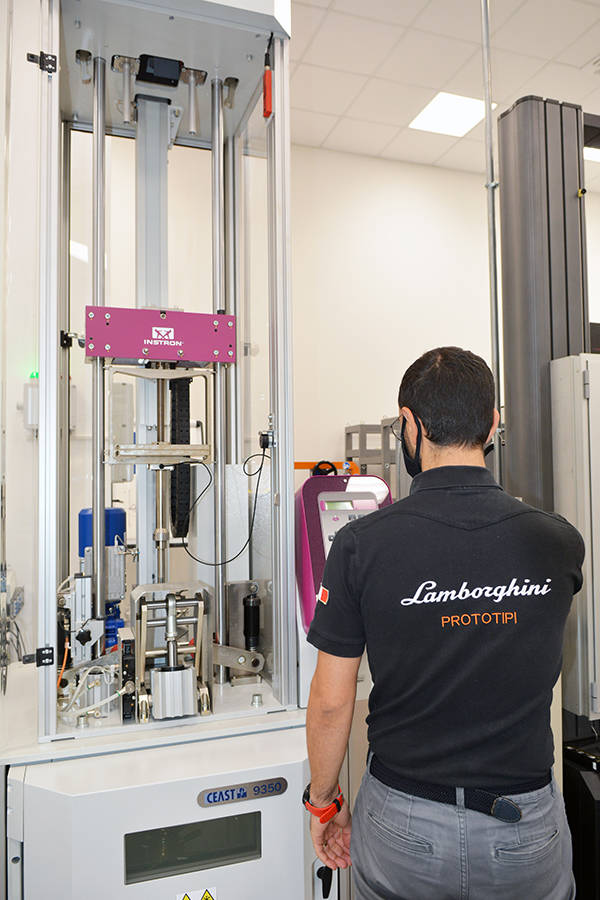The Automotive world has been dominated by carbon fiber for decades ever since the Formula One race car became the first to use a carbon fiber composite chassis in 1981.
Since then, carbon fiber has shown up in all forms of motorsport as well as in every luxury car, as it offers significant design freedom and the ability to integrate functionality while reducing weight and improving overall vehicle performance. This design freedom comes with the unique ability to tailor the behavior of composites to specific performance requirements by combining fibers with matrix resins. However, due to the several combinations of these elements, composites have less standardized material cards, and in many cases, they are less predictable to automotive industry design engineers.
Material card are essential input data that design engineers enter into simulation programs prior to modelling their designs. As the level of complexity of a composite design increase, the amount and fidelity of the material card data must also increase. To overcome this challenge, materials engineers continuously develop testing procedures to achieve an acceptable level of modelling predictability.
Absolute leader in the development and application of lightweight carbon fiber materials is Automobili Lamborghini. Continuous research and an innovative approach have helped put Lamborghini at the forefront of this sector over more than 35 years.
To achieve this important result, about 10 years ago, Lamborghini’s Composites Laboratory at Sant’Agata Bolognese has chosen Instron as its testing partner in composites innovation.
Quasi-static tests as well as fatigue and impact tests have helped to identify material’s performances and strengthen quality control efficiency: “There is an intensive use of carbon fiber in the structure of Lamborghini’s vehicles: from chassis to bodywork and interior components. The material card generation has a significant role for characterizing the mechanical behavior to estimate accurate performances in simulations. Having detailed material cards increase simulation precision and allow the reduction of tests involving the entire prototype vehicle, resulting in time and cost reduction” commented Eng. Gianpiero Cerrone, Head of Automobili Lamborghini’s Composites Laboratory at Sant’Agata Bolognese.
In this environment, the 9350 impact drop tower equipped with Bluehill Impact software has met Automobili Lamborghini’s expectations in terms of capability and usability: “To refine mechanical characterization more and more there is a need of deeper analysis: material’s impact performance is therefore an essential piece of information for the simulation department. Specific energy absorption (SEA) values and total energy absorbed values allow to increase the modelling predictability” commented Eng. Gianpiero Cerrone “and the new Bluehill Impact Software has solved any problems related to the lack of intuitiveness. The simplified interface helps a lot to control the machine and run tests efficiently”.
The ease of use and the flexibility of Instron impact drop towers provide a wide range of functionalities that evolve with the evolving needs of Lamborghini’s Composites Laboratory.
